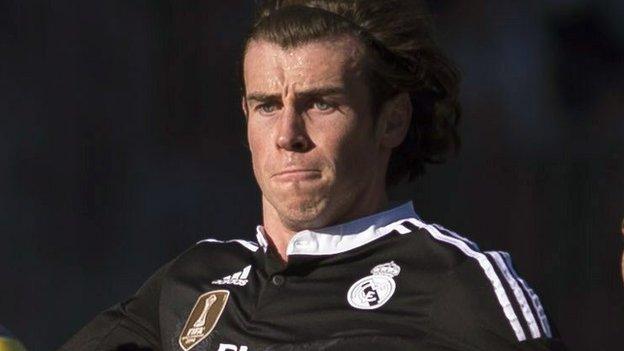Who, why, how: Defour 'Red or Dead' banner explained
- Published
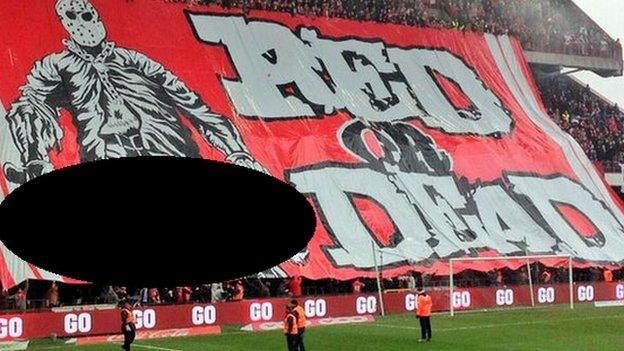
The BBC has chosen not to show the full banner which depicted a man in a mask holding a sword and a cartoon of Steven Defour's severed head with the words 'Red or Dead'
A banner showing his decapitated head alongside the words 'Red or Dead' greeted Steven Defour on his return to Standard Liege on Sunday.
It went from bad to worse for Defour, who left Standard for Porto in 2011 before signing for Anderlecht in August of last year.
The 26-year-old Belgium international was sent off in the second half of the game and Anderlecht were beaten 2-0.
Bart Lagae, a football reporter for Flemish leading newspaper Het Nieuwsblad, explains why Defour has become such a figure of hate.
What was the atmosphere like on Sunday?
The atmosphere was very hostile, as is usual for an Anderlecht-Standard Liege derby. The stadium speaker deliberately announced Defour's name last to enhance the booing. Objects were thrown towards Anderlecht goalkeeper Silvio Proto after seven minutes. He asked the referee to interrupt the game.
When Defour received a second yellow card for kicking a ball out of frustration into the stands, Standard Liege fans were delighted. Anderlecht fans reacted furiously and threw seats on to the pitch.
How did the banner get in?
Standard Liege allow supporters clubs to make and bring huge banners. They are rolled up when they are brought into the stadium. Following an incident in December 2013 - when a banner based on the movie Scarface was shown in another game against Anderlecht - Standard Liege, in collaboration with the police, decided to introduce strict rules.
Fans have to show an image of the banner beforehand. However, in Sunday's match, they showed another, less controversial image and therefore misled the authorities. Standard Liege claim they could not check the image when the banner was brought into the ground.
Who paid for it?
Banners are sponsored by the supporters' clubs. In the Anderlecht game, two such clubs made a giant banner or "tifo". One was made and sponsored by the Publik Hysterik supporters club. It featured a clown eating the Anderlecht club symbol. The other - an more controversial - one was made and sponsored by the Ultras Inferno 96 club. It took six weeks to produce.
Who organised it?
The Ultras Inferno 96 are the most fanatic fan club of Standard Liege and are inspired by the 'Ultras' in Italy and France. The Ultras are essentially radical supporters who want to show their commitment to the club by using pyrotechnics, oversized banners and by chanting. The leaders, known as 'capos', use megaphones to sweep up the crowd. Most of them wear hoods to disguise their identity from police and security cameras.
Are offensive banners common?
Offensive banners were a sporadic problem until recently. Most of the banners promoted positive messages and were acclaimed by many football fans. Problems were mostly attributable to pyrotechnics rather than offensive banners. However, this has changed in recent years. The pyrotechnics are now under control, but the offensive nature of the banners has increased, especially in the 'clasico' matches against Anderlecht.
Did the image shock the Belgian public?
Seconds after the banner appeared, Belgian football fans all over the country expressed their disgust on social media. Belgian FA and politicians were quick to react. They included Didier Reynders, Belgian vice-prime minister and Standard Liege fan, and Flemish sports minister Philippe Muyters. Most Standard Liege fans said the image "went too far". Some Standard Liege fans argued that it was a reference to a horror film - Friday the 13th - and an expression of free speech.
Was it perceived as being satirical?
Most people in Belgium did not think of the film Friday the 13th but of the beheadings in Syria. Very few people defended the image. Standard Liege denounced the banner and said they were misled by the supporters club in question.
Why is the player hated so much?
Defour captained Standard Liege to two league titles and one FA Cup in Belgium before he moved to Porto. From there, he signed for Anderlecht, the eternal rivals of Standard Liege. He was one of the most cherished players to have worn the Standard Liege jersey and many fans could not understand why he chose to play for their rival team.
Defour was called a traitor from the very first day of his move to Anderlecht. Preparations for the game on 25 January began on the day he signed. Many fans threw Standard Liege shirts with Defour's name on onto the pitch before the match began.
Any other examples of offensive banners?
In December 2013, Standard Liege 'Ultras' displayed a banner based on the film Scarface. The star of the movie, actor Al Pacino, was portrayed as a Standard Liege fan holding a gun. There was purple blood - a reference to the club colours of Anderlecht.
In 2002, a minority of Standard Liege fans showed off an offensive banner to another player who had been dubbed a "traitor", Croatia striker Ivica Mornar. The following message was also displayed: "We deal with traitors like in your country." This was a reference to the Yugoslavian civil war.
What happens next?
The Liege police are reported to have questioned the leader of the Ultras Inferno '96 group which was responsible for the offensive banner. For instigating violence, individual fans can be punished with a fine or with stadium restrictions. The Belgian FA announced it is looking into the most effective way to punish Standard Liege.
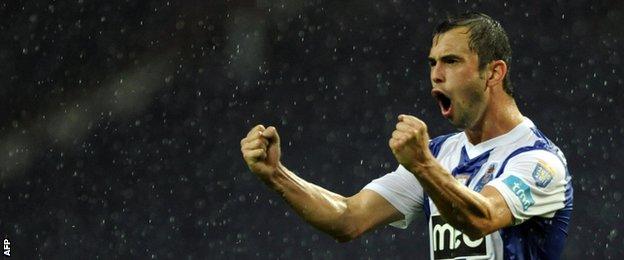
Steven Defour signed for Anderlecht from Porto in August 2014
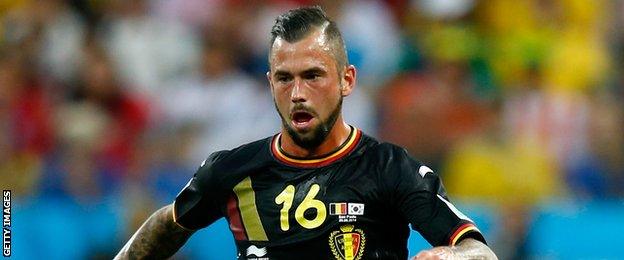
Steven Defour has 46 caps for Belgium
- Published26 January 2015
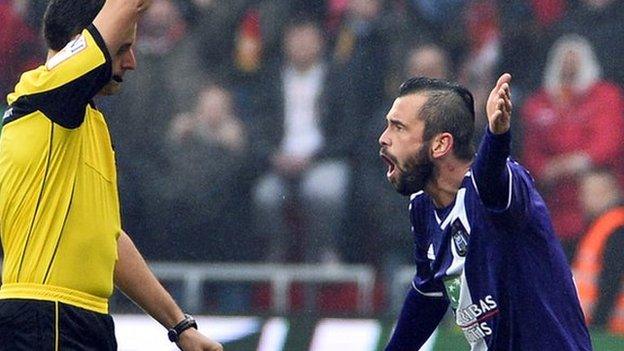
- Published25 January 2015

- Published26 January 2015
- Published25 January 2015
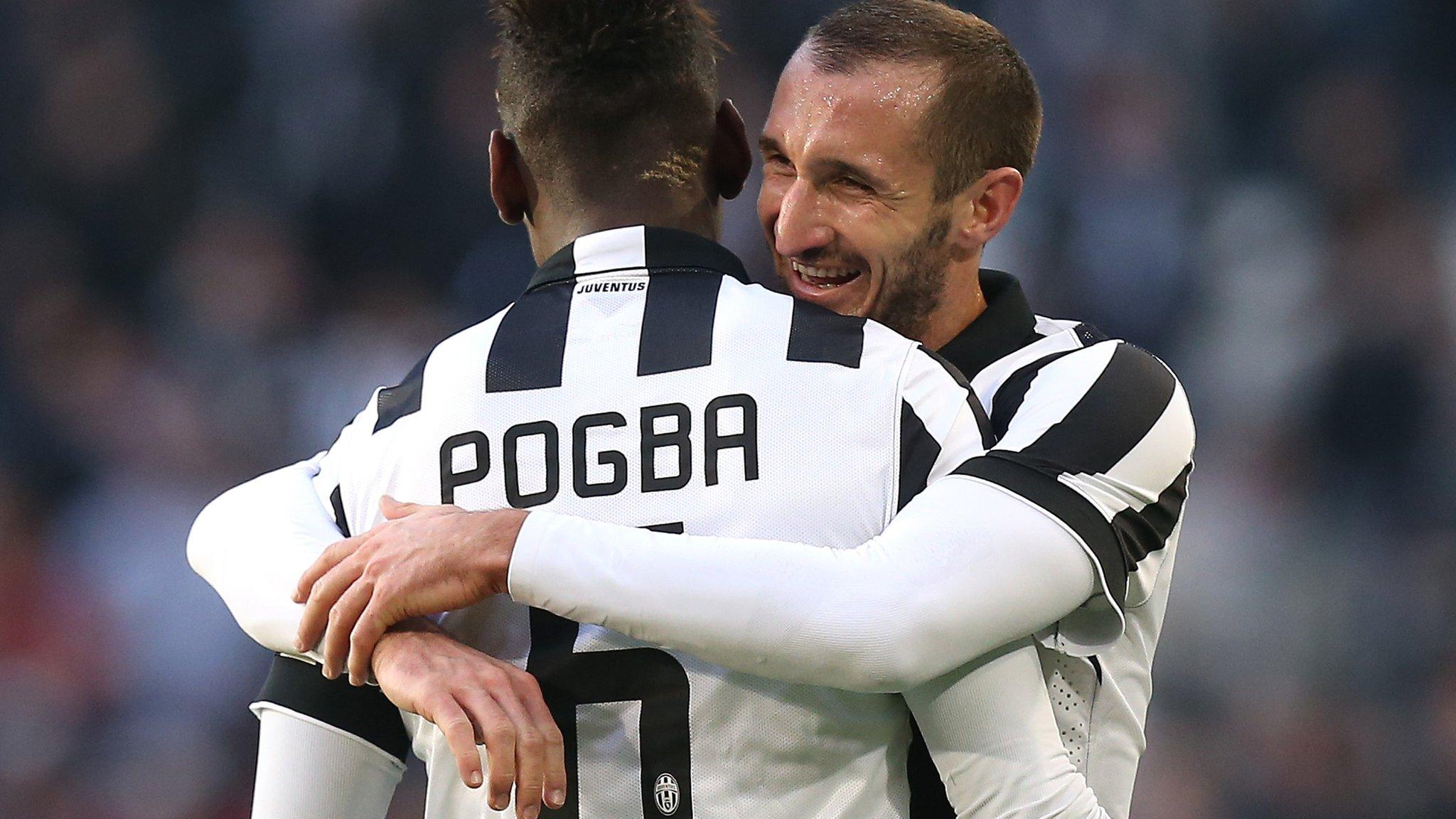
- Published25 January 2015
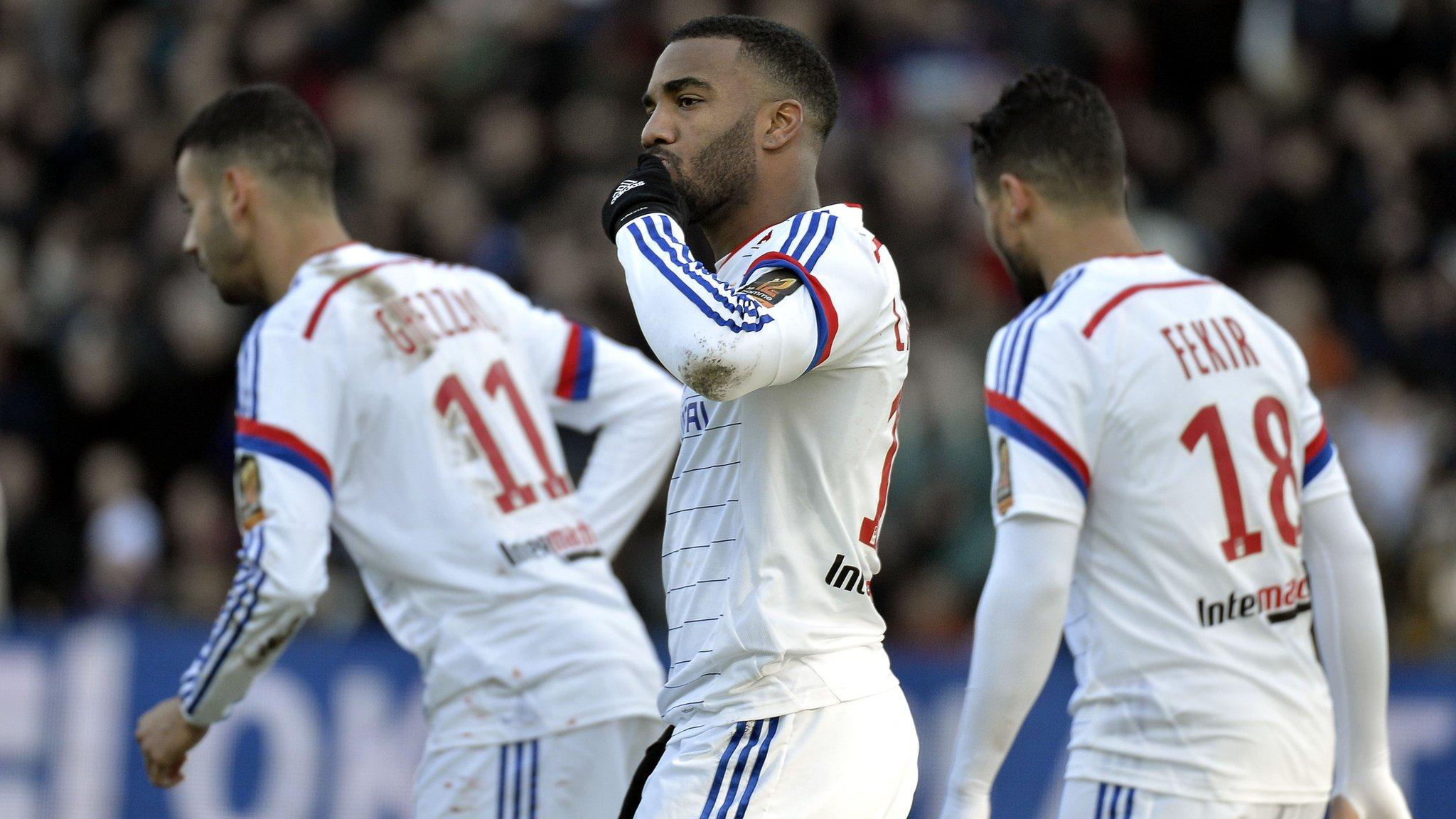
- Published24 January 2015
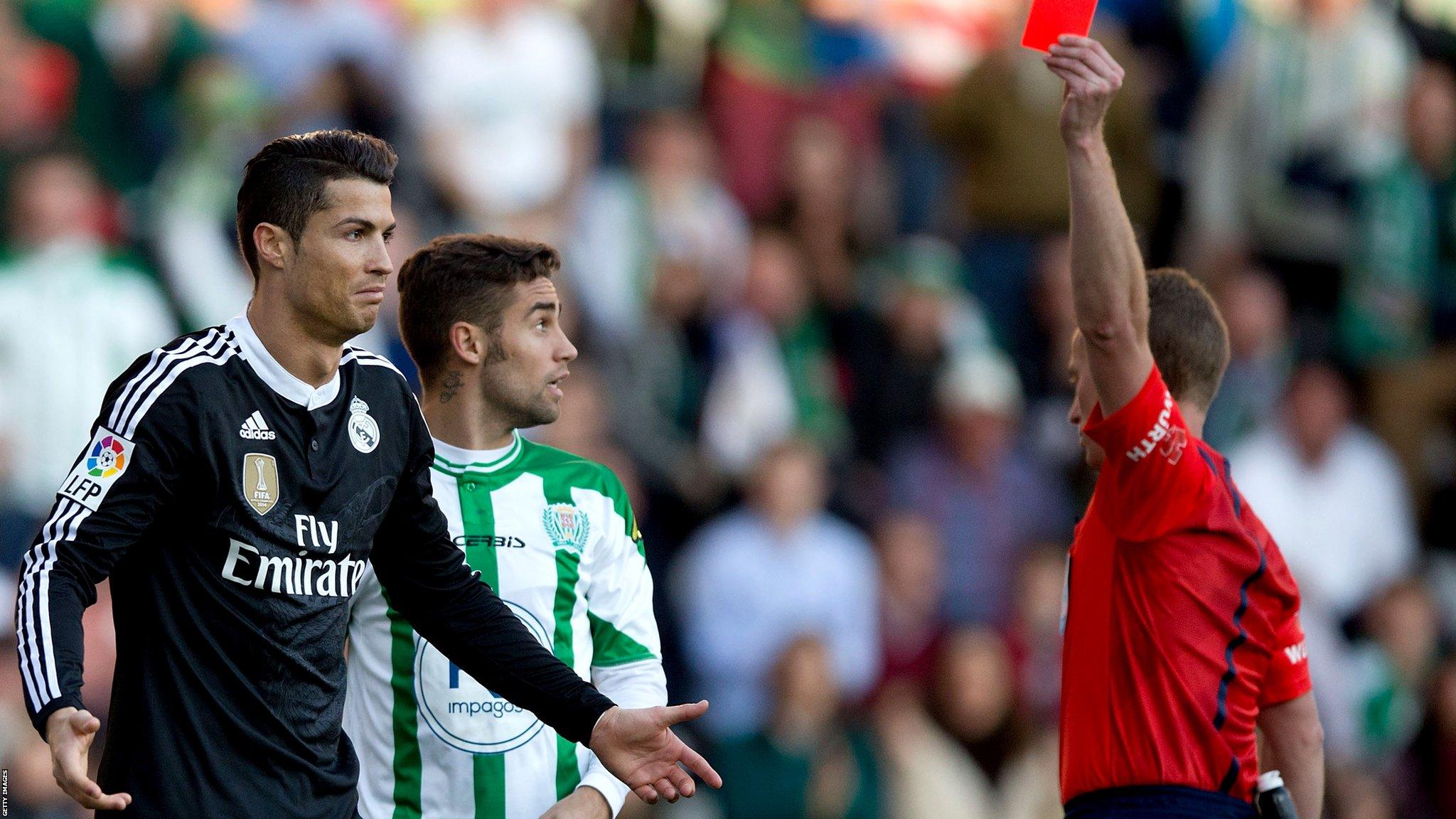
- Published24 January 2015
